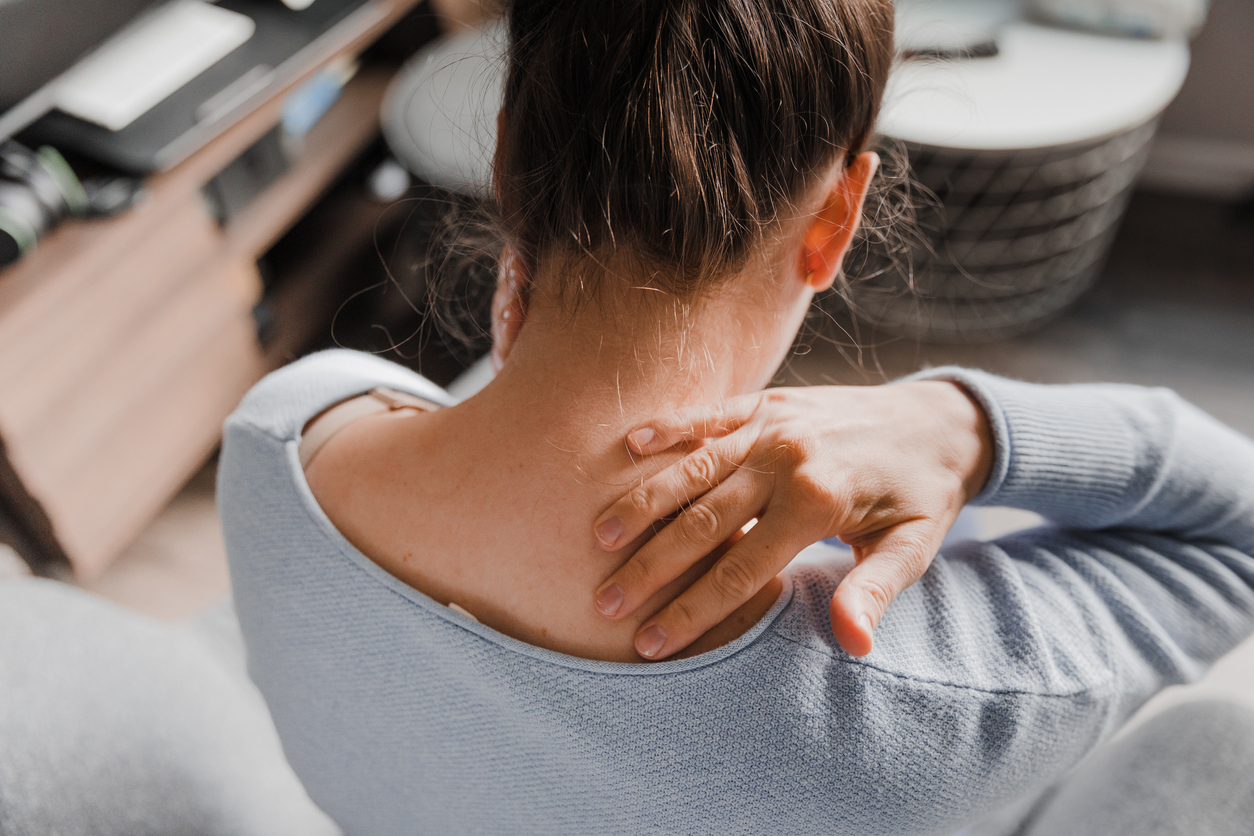Spinal Stenosis
The vertebrae of your spine and the disks between them form a hollow tunnel known as your spinal canal. Your spinal cord runs through this space from your brain to your lower back. Messages travel along your spinal cord to and from your brain and the rest of your body.
Ideally, your spinal canal will have plenty of space to accommodate your spinal cord. But if you have spinal stenosis, that’s not the case.
We have the expertise and experience to diagnose and treat this common spinal condition.
What Is Spinal Stenosis?
Spinal stenosis refers to the narrowing of your spinal canal. As the space in your spinal canal shrinks, it may put pressure on your spinal cord and the nerves that branch off it. Troubling symptoms may occur as a result.
We refer to spinal stenosis by the area or area of the spine the condition affects:
What Are the Symptoms of Spinal Stenosis?
The symptoms of spinal stenosis differ from person to person. In fact, some people don’t have any symptoms at all.
You may experience symptoms in your back, neck, legs, arms or feet. The location depends on the area of your spine affected by stenosis and its severity. Symptoms might include:
- Difficulty walking or standing
- Foot drop, a condition that makes it hard to lift the front part of your foot
- Numbness or tingling
- Pain
- Stiffness
- Weakness
Loss of bowel or bladder function is a more serious symptom of spinal stenosis. You should talk to your provider about any incontinence right away.
What Causes Spinal Stenosis?
Arthritis, a condition that damages your joints, is the most common cause of spinal stenosis. Cartilage between the joints of your spine can break down and put pressure on your spinal canal. Bone spurs can also develop because of arthritis.
Other conditions can cause spinal stenosis, including:
- Herniated disk – a condition where the inner portion of a spinal disk bulges outward
- Injuries – trauma may break a vertebra, causing part of the bone to move out of place
- Tumors – although uncommon, tumors may develop in your spinal canal
- Paget’s disease – a condition that causes the excessive breakdown and regeneration of bone tissue
How Is Spinal Stenosis Diagnosed?
To diagnose spinal stenosis, our spine specialists will do a complete examination and order imaging tests.
Imaging tests can include X-rays, MRI or CT scans. These tests allow providers to see how the alignment of your vertebrae. They can also identify soft tissue damage, tumors or other growths, and damage to your disks or ligaments.
How Is Spinal Stenosis Treated?
Treatment for spinal stenosis focuses on relieving your symptoms and improving your quality of life. We work closely with you to develop a personalized treatment plan. It may include:
We’re Right Here to Help
With unmatched experience in diagnosing and treating spine pain, your condition will be carefully evaluated by the team of experts at the Spine Center as we work with you to develop a customized treatment plan. Highly skilled and caring providers, plus state-of-the-art technology and treatments, means you’re at the right place for exceptional patient care.
Affiliations with OrthoCincy Orthopaedics & Sports Medicine and Mayfield Brain & Spine ensure you receive the highest possible level of spine care.


